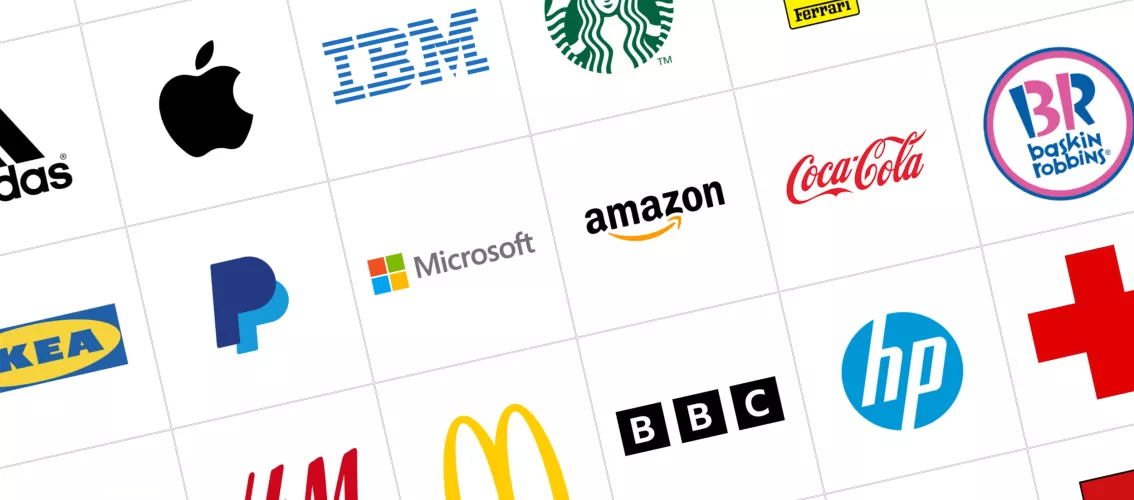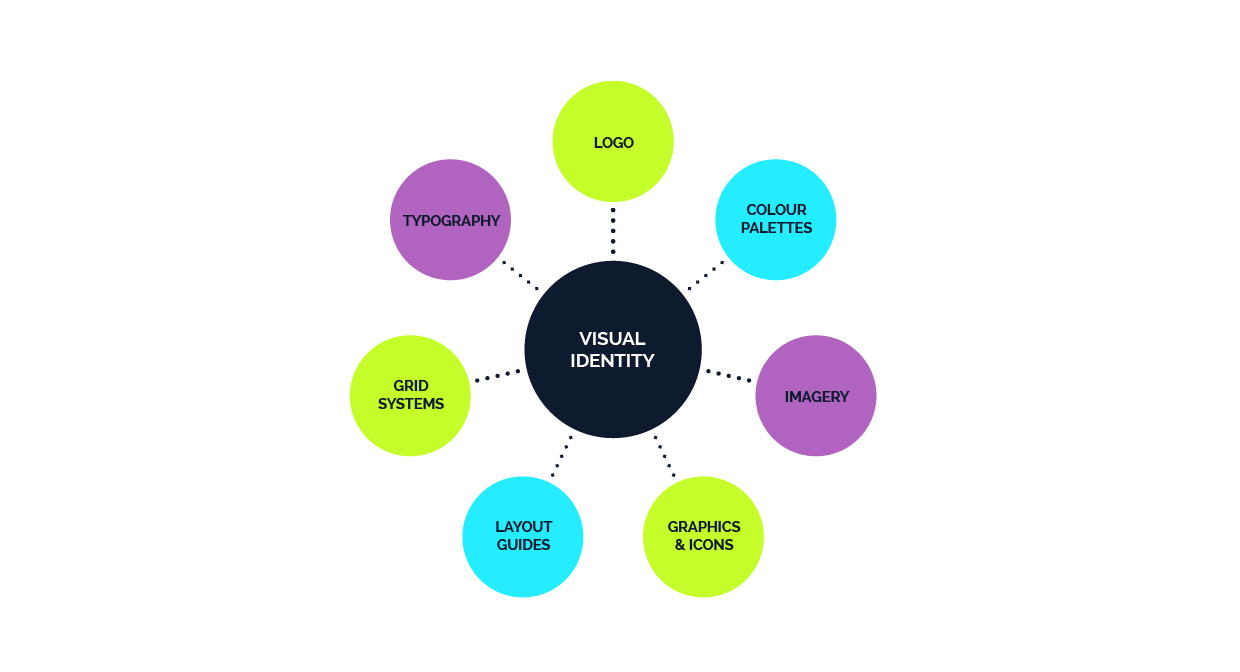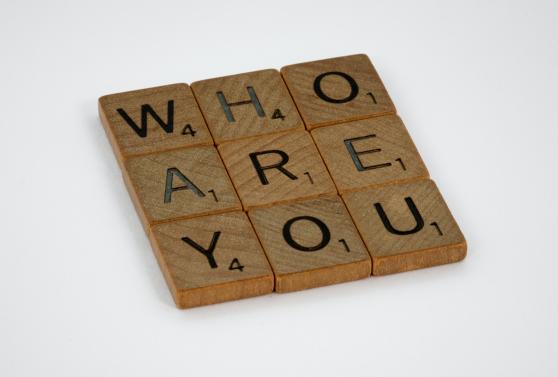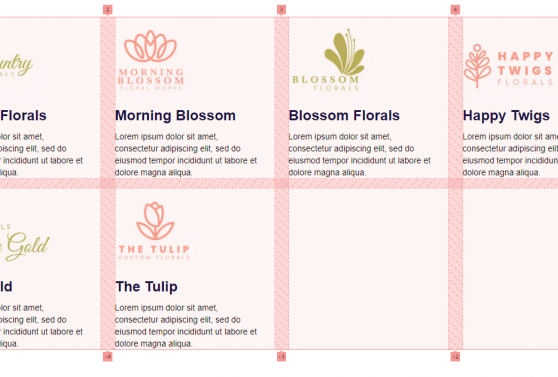Logos are great. A brand is better.

While designers and creatives often view logo design as one of the most challenging and creatively rewarding design briefs – accurately representing and reflecting a whole organisation's business, ethos, and culture through a single graphic and/or text – the truth is that without a brand strategy behind it, it'll lack any meaningful foundations. No matter how great it looks.
Wally Olins, a man who knew a thing or two about branding, once said that “the fundamental idea behind any brand is that everything the organisation does, everything it owns, and everything it produces should project a clear idea of what it is and what its aims are. The most significant way in which this can be done is by making everything in and around the organisation – its products, environment, communication and behaviour – consistent in purpose and performance and, where this is appropriate, in appearance too.”
The best-performing brands out there today look, sound and do things consistently. The things we see reflect the way they behave. And vice-versa.
The brand
So how do organisations go about creating their brand? First comes the verbal articulation. The groundwork, and work that their customers, clients and audiences are unlikely to see. However, this work sets the scene for what they do see. And what they hear. And read. The verbal articulation sets the foundations for the visual identity and in turn, any piece of communication or collateral that an organisation creates, by defining what the organisation is all about, what makes them tick, their values and outlines how they should be talked about. Are they serious? Are they fun? Are they innovators? Are they dependable? Are they offering something different?
Defining a brand is about truly understanding an organisation, not just what sounds good written down. If the brand tries to present a different picture from reality, then it'll soon unravel and be found out. However, with brand strategists and clients working together, the culture of the organisation, the true benefits of their service or product and the reason people should use them can all be uncovered, articulated, and presented to the world.

The visual identity
The culmination of a vision, mission, values, positioning and messaging all create a platform from which a design team can create, yes that’s right, a logo.
But not just a logo. A logo without a wider visual identity is like an actor without a supporting cast. It might be good, but it’s not great, and it will become very repetitive very quickly.
The logo can be regarded as the figurehead of a brand. It's usually the first interaction a person has with a brand, and it'll most likely be the most seen element too, and therefore it's important that visually sets the tone for the brand. But a brand is best supported with a comprehensive visual identity. Supporting elements such as colour palettes, imagery, graphics, icons, typography, grid systems and layout guides all combine to create the impactful brand communications we all see. These items, and the skill of a design team in creating them, are what create stand out value, long term recognition, and a clear place in the organisations respective marketplace. They're all created and designed to reflect the strategic brand platform that the verbal articulation provides.

A visual identity should provide all the tools and assets in a framework that allows any designer or creative to create any piece of design, from business cards and posters, brochures and adverts to social media posts and marketing campaigns.
Make sure it works. Everywhere and to everyone.
It's also central consideration that the visual identity works across both print and digital formats, and that it's accessible to all audiences. This is more than simply a passing thought to colour contrast. It’s about considering how all the elements combine, how typography interacts with images, how layouts are constructed and language and copy are used.
In bringing everything together, a brand guidelines document should enable anyone new to the organisation to create and deliver any piece of on-brand communication. It should provide the guidance that ensures consistency across a whole organisation, but allow for enough flexibility for its creative application in the future.
Establishing a strong brand, with its visual identity and guidelines, will create the foundations upon which organisations can grow. Sure, we'll see their logo everywhere. But that logo won’t be alone, and it won’t be meaningless.
Take a look at our Design and creative services to see where we can help.



